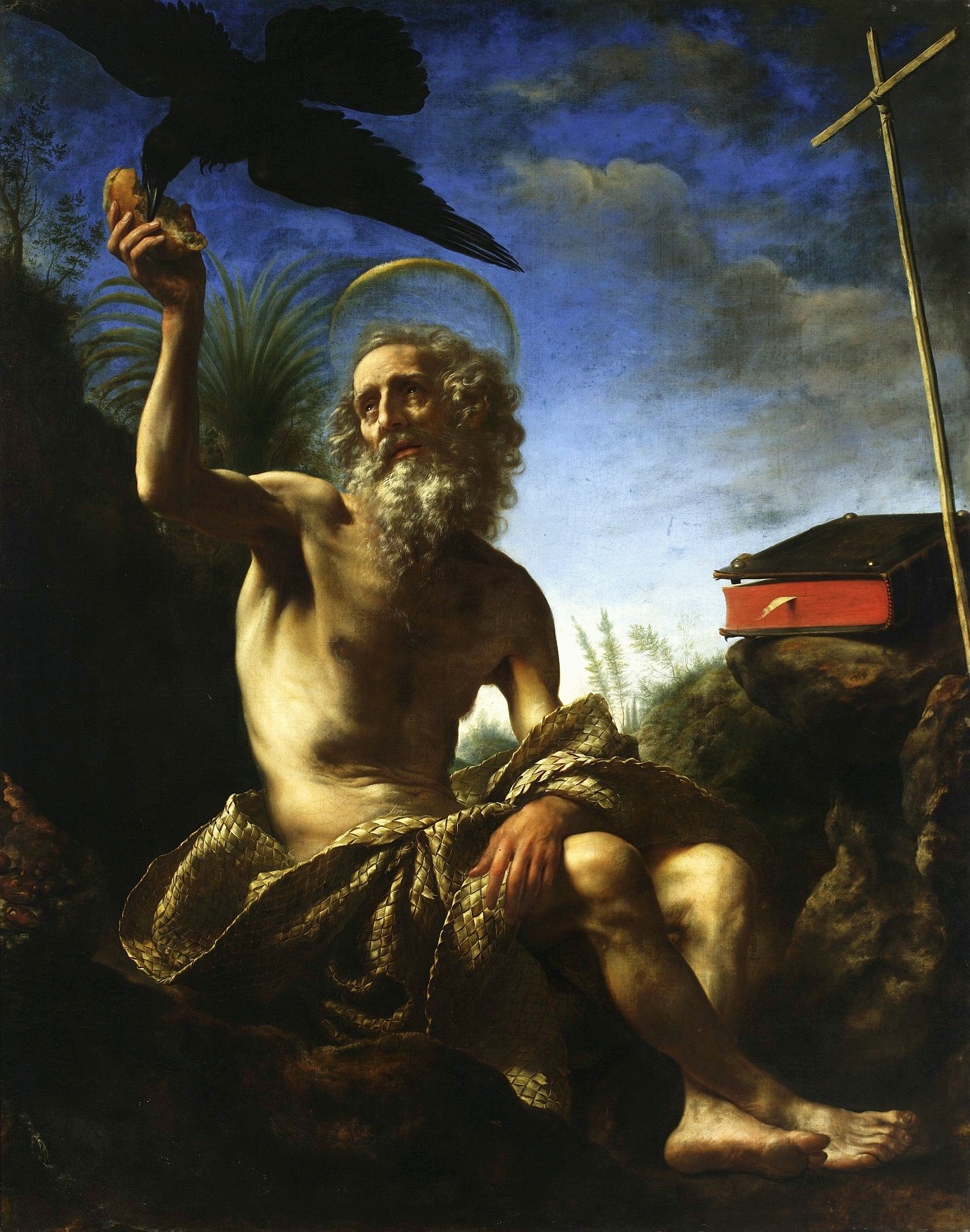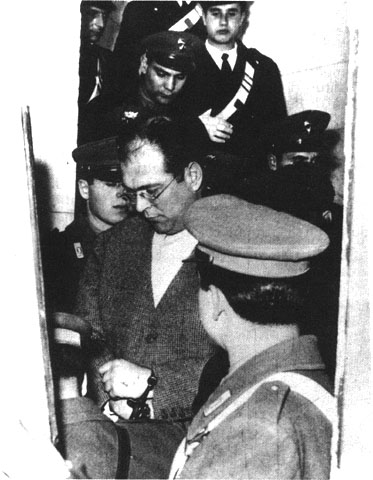|
Dolci (other) , singular of ''dolci''
{{disambiguation, surname ...
Dolci may refer to: * Dolci, an Italian surname: ** Angelo Dolci (1867-1939), Italian cardinal ** Carlo Dolci (1616-1686), Italian painter ** Danilo Dolci (1924-1997), Italian social activist, sociologist, popular educator and poet ** Sebastiano Dolci (1699-1777), Croatian writer * Dolci, Croatia, a village near Orahovica *Plural of ''dolce'', Italian desserts See also *Dolce (other) Dolce, the Italian word for 'sweet', may refer to: Places *Dolcè, a municipality in Italy *Dolce (Plzeň-South District), a municipality and village in the Czech Republic *Dolce, a village and part of Jesenice (Příbram District) in the Czech ... [...More Info...] [...Related Items...] OR: [Wikipedia] [Google] [Baidu] |
Angelo Dolci
Angelo Maria Dolci (12 July 1867 – 13 September 1939) was an Italian prelate of the Catholic Church who was made a cardinal in 1933. He was Bishop of Gubbio from 1900 to 1906, Archbishop of Amalfi from 1911 to 1914, and Apostolic Vicar of Constantinople from 1914 to 1922. He also served in the diplomatic corps of the Holy See as an Apostolic Delegate or Apostolic Nuncio from 1906 to 1910 and from 1914 to 1933. Biography Dolci was born in Civitella d'Agliano on 12 July 1867 and was ordained a priest on 5 June 1890. In preparation for a career in the diplomatic service he entered the Pontifical Ecclesiastical Academy in 1892. Pope Leo XIII appointed him bishop of Gubbio on 19 April 1900. He was named apostolic delegate in Ecuador, Bolivia, and Peru on 7 December 1906. He was promoted to titular archbishop of Nazianzo on 9 December 1906. He was recalled to Rome in 1910. He was appointed Archbishop of Amalfi on 27 January 1911. He was appointed Apostolic Delegate and vi ... [...More Info...] [...Related Items...] OR: [Wikipedia] [Google] [Baidu] |
Carlo Dolci
Carlo (or Carlino) Dolci (25 May 1616 – 17 January 1686) was an Italian painter of the Baroque period, active mainly in Florence, known for highly finished religious pictures, often repeated in many versions. Biography He was born in Florence, on his mother's side the grandson of a painter. He was precocious and apprenticed at a young age to Jacopo Vignali, and when only eleven years of age he attempted a whole figure of St John, and a head of the infant Christ, which received some approbation. However Dolci was not prolific. "He would take weeks over a single foot", according to his biographer Baldinucci. His painstaking technique made him unsuited for large-scale fresco painting. He painted chiefly sacred subjects, and his works are generally small in scale, although he made a few life-size pictures. He often repeated the same composition in several versions, and his daughter, Agnese Dolci, also made excellent copies of his works. When only eleven years of age, he attempted ... [...More Info...] [...Related Items...] OR: [Wikipedia] [Google] [Baidu] |
Danilo Dolci
Danilo Dolci (June 28, 1924 – December 30, 1997) was an Italian social activist, sociologist, popular educator and poet. He is best known for his opposition to poverty, social exclusion and the Mafia in Sicily, and is considered to be one of the protagonists of the non-violence movement in Italy. He became known as the "Gandhi of Sicily"."Danilo Dolci, the Gandhi of Sicily, died on December 30th, aged 73" ''The Economist'', January 8, 1998 In the 1950s and 1960s, Dolci published a series of books (notably, in their English translations, ''To Feed the Hungry'', 1955, and ''Waste'', 1960) that stunned the outside world with their emotional force and the detail with which he depicted the desperate conditions of the Sicilian countryside and the power of |
Sebastiano Dolci
Sebastiano Dolci ( hr, Sebastijan Dolci-Slade; 1699-1777) was a Ragusan historian and writer. In 1750 he published a biography of Saint Jerome. He joined the Franciscans at the age of 14 years, in 1744 he wrote about the Franciscan Order in Ragusa. The Italian word Dolci means Sweet (Confectionery) in English language. The word Slade is Croatian language variation of the word Dolci. *''Monumenti Storici della Provincia Francescana di Ragusa (Neapel)''. He was also a great scholar of the Illyrian language, publishing several books on this subject: *''De Illiricae linguae vetustate et amplitudine'', Venice 1754"; *''Fasti litterarii Ragusini, sive vivorum literatorum qui usque ad annum 1766 n Ragusina claruerunt ditione prospectus alphab.ordine exhibitus..."''(Venice 1767). About the Ragusan/Dubrovnik Literary Chronicle) In the theological scope, Slade translates the epistle of Hyeronymi Francisci Zanetti to illyrian language (Ferrara, 1754). See also * Republic of Ragusa * List ... [...More Info...] [...Related Items...] OR: [Wikipedia] [Google] [Baidu] |
Dolci, Croatia
Dolci is a village in north-eastern Slavonia, situated in municipality town of Orahovica, Virovitica-Podravina County, Croatia , image_flag = Flag of Croatia.svg , image_coat = Coat of arms of Croatia.svg , anthem = "Lijepa naša domovino"("Our Beautiful Homeland") , image_map = , map_caption = , capit .... Population References * CD-rom: "Naselja i stanovništvo RH od 1857-2001. godine", Izdanje Državnog zavoda za statistiku Republike Hrvatske, Zagreb, 2005. Populated places in Virovitica-Podravina County {{ViroviticaPodravina-geo-stub ... [...More Info...] [...Related Items...] OR: [Wikipedia] [Google] [Baidu] |
Italian Dessert
Italian meal structure is typical of the European Mediterranean region and differs from North, Central, and Eastern European meal structure, though it still often consists of breakfast (''colazione''), lunch (''pranzo''), and supper (''cena''). However, much less emphasis is placed on breakfast, and breakfast itself is often skipped or involves lighter meal portions than are seen in non-Mediterranean Western countries. Late-morning and mid-afternoon snacks, called '' merenda'' (plural ''merende''), are also often included in this meal structure. Traditional meals in Italy typically contained four or five courses. Especially on weekends, meals are often seen as a time to spend with family and friends rather than simply for sustenance; thus, meals tend to be longer than in other cultures. During holidays such as Christmas and New Year's Eve, feasts can last for hours. Today, full-course meals are mainly reserved for special events such as weddings, while everyday meals include only ... [...More Info...] [...Related Items...] OR: [Wikipedia] [Google] [Baidu] |


